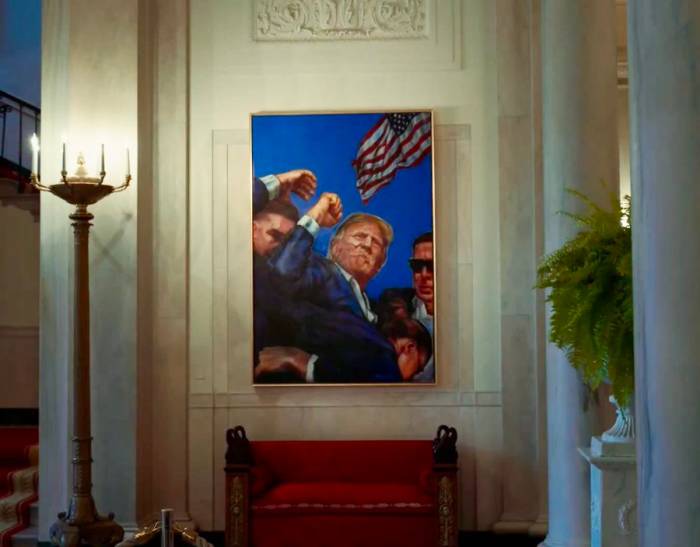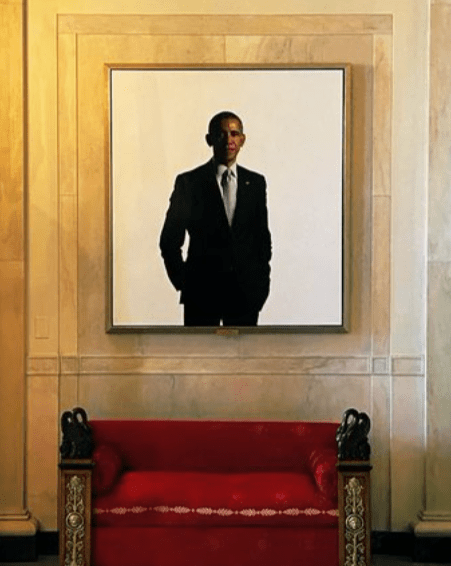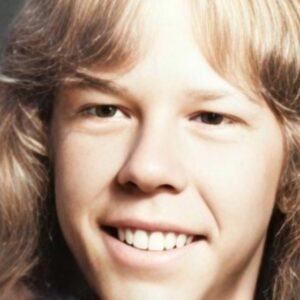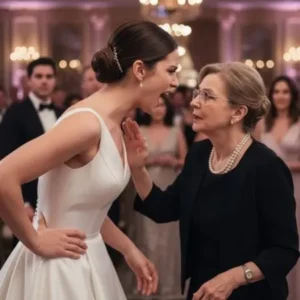
Painting of President Donald Trump after the assassination attempt, Photo Credit: Molly Ploofkins/X
Tradition and Change in the Grand Foyer
Traditionally, the Grand Foyer features portraits of recent presidents. However, a former White House official clarified that the arrangement isn’t fixed. Presidents have the authority to move or update artwork as they see fit, and Trump has previously exercised this right. Notably, during his first term, he moved the portraits of Presidents Bill Clinton and George W. Bush to less prominent areas.
Missing Portrait and New Arrangements
Interestingly, Trump still lacks an official oil portrait from his first term, which is typically commissioned during a successor’s presidency. When asked about this, White House officials referred reporters to the White House Historical Association. As for Obama’s portrait, it has been moved to the spot once occupied by George W. Bush’s likeness. Bush’s portrait has now been relocated to a staircase nearby.

Barack Obama’s portrait hanging on a White House wall, Photo Credit: Molly Ploofkins/X
Reactions on Capitol Hill
The new arrangement quickly sparked reactions. Republican Rep. Marjorie Taylor Greene shared a before-and-after photo with a positive caption: “Much better.”
Recent Portrait Drama
This isn’t the first portrait controversy under Trump. Earlier this year, a portrait of former Joint Chiefs Chairman Mark Milley mysteriously vanished from a Pentagon display. Last month, Trump also requested the removal of his portrait from the Colorado statehouse, which was swiftly carried out.
Reshaping the White House Symbolism
As Trump returns to the White House, it’s clear that he’s reshaping the symbolism within its walls—one painting at a time.





